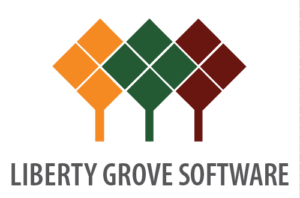How Easy Is It to Move Your Microsoft Dynamics ERP to the Cloud?

Well…look at it this way:You don’t have to hire a moving truck. You don’t have to box up all your belongings. You don’t have to move a stick of furniture.
Basically, moving your Microsoft Dynamics ERP to the cloud is neither exhausting nor disruptive. Today you’re hosting your system on-premise; tomorrow, you’re running Microsoft Dynamics 365 Business Central, and it’s being hosted in the cloud. Not just any cloud. The Microsoft cloud.
Admittedly, today to tomorrow is an oversimplification. There are steps involved in migrating your data, processes, applications, transaction history… It’s not just a question of flicking a switch.
However, you can look at it this way:It’s easier than a brand-new implementation.It’s easier than moving to another platform altogether, i.e., not a Microsoft ERP.It’s easier than upgrading from a 10-year-old NAV release to the current version.
It’s Easy Because There Is a Path
And you can thank Microsoft for preparing it. Yay!
Microsoft Dynamics NAV users have been anxiously awaiting this upgrade path from NAV to . This is primarily because mainstream support for all but the most recent releases of NAV has already ended. The last release of Dynamics NAV as we know it was Dynamics NAV 2018, which became generally available on December 1, 2017. So, the move to Business Central is becoming imperative.
Let me explain…
Microsoft Dynamics products, NAV included, are supported for ten years from their go-to-market (GTM) release date, but “mainstream” support is only provided for the first five years. In the case of Microsoft Dynamics NAV 2018, the mainstream support will end in December 2022. When you still fall under mainstream support, you can submit support incidents to Microsoft, and the product development team will continue to release updates and hotfixes.
After that, you will fall into “extended” support, wherein only security updates will be released, and hotfixes will no longer be developed. You really don’t want to be there.
Luckily, there is a prescribed path. When migrating from NAV 2018 to Business Central with the Intelligent Cloud, virtually all on-premises tables and data will be replicated, with the exception of custom tables. There are some additional caveats and provisos, especially if you’re on any version earlier than Dynamics NAV 2018, that we would be happy to discuss with you.
Take the Next Step, Sooner than Later…
Contact for more information. Call 630-858-7388 or email nav@libertygrove.com.

